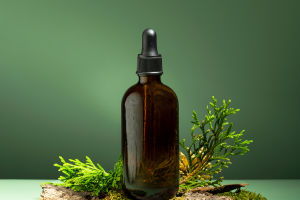Many of us consider brushing as just a simple act in our daily life, but a few of us really know the right ways of brushing and how it can greatly help maintain dental health.
Today, we will discuss the different ways of brushing, the advantages, and how to find the best way that suits one's needs.
Importance of Proper Brushing
Regular and proper brushing prevents dental caries, periodontal disease, and bad breath. It removes plaque, which is a sticky film on your teeth that contains harmful bacteria. If it is not removed, it results in the deposition of tartar, which may further result in tooth decay and infection of the gums.
Basic Techniques Used
There are various basic methods applied for brushing.
Bass Technique: The bristles of the toothbrush are kept at 45° to the gingiva and are moved in small circular motions. This ensures the removal of plaque from the gingival margin and interdentally.
Charter Method: Similar to the bass technique, in the Charter method, the bristles of the toothbrush are also kept at 45° to the gingiva. However, it is moved in a linear motion backward and forward.
Modified Bass Method: This method combines the circular motions of Bass with the back-and-forth motions of Charter.
Stillman Method: With this technique, toothbrush bristles are pointed at the gum at a 45-degree angle and vibrated back and forth.
Technique Selection
Some are better for individual needs and preferences than others. For instance, if your gums are sensitive, you might find the Stillman method less irritating. If you have problems reaching into small spaces in your mouth, you may want to try either the Bass or Charter method.
Additional Tips for Successful Brushing
Use a soft-bristled toothbrush: A soft-bristled toothbrush is less likely to irritate your gums while being equally effective in removing plaque.
Brush at least for two minutes: According to the American Dental Association, one should brush teeth for at least two minutes and a maximum of two times per day.
Brush immediately after every meal: Immediately after meals or snacks, it is best to brush your teeth to avoid plaque and erosion of acid.
Use a fluoride toothpaste: Fluoride helps in keeping tooth enamel strong, preventing teeth from getting decayed.
Floss daily: It helps to remove plaque and food particles from between the teeth, which the action of a toothbrush cannot achieve.
Pay regular visits to your dentist: Regular dental checkups and cleaning are vital for healthy teeth and mouth.
Proper brushing is one of the most indispensable aspects of oral hygiene. If you keep all these tips in mind and select the right method for brushing, you will be able to prevent dental cavities, gum diseases, and many other dental disorders. Remember, ultimately it is best to consult your dentist to decide which brushing style will work best for your specific needs.


